Last month, the Health Care Payment Learning & Action Network (LAN) launched the Clinical Episode Payment (CEP) Work Group with the following charge: to advance effective clinical episode-based payment models that drive and support better health outcomes for patients at a lower cost. As chair of this group, which brings together experts representing payers, providers, purchasers, states, and consumer advocates, I’m excited to identify opportunities and strategies to align on core clinical episode payment elements across the private and public sectors.
Improving Patient Health Outcomes
At our kick-off meeting, the CEP Work Group came to a consensus decision to explore episode payments in three priority areas: joint replacement, maternity care, and cardiac care. For each condition or procedure, we will consider the following elements to improve patient health outcomes:
- Start point and length of each episode;
- Relative levels of accountability and risk involved;
- Strategies for establishing target price and benchmarks;
- Appropriate quality metrics (including both clinical quality and patient-reported measures); and
- Data systems that would be needed to eventually bring episode payment to scale across multiple payer and provider types.
In joint replacement, the CEP Work Group agreed to focus on a set of episode payment recommendations for three procedures: total knee replacement for patients with osteoarthritis; total hip replacement for patients with osteoarthritis; and total hip replacement for patients with fractures.
Why Joint Replacement?
Many people are focused on joint replacement right now and for good reason. Even though surgeons perform more than 400,000 hip and knee replacements in the U.S. each year, the quality and cost of care for these surgeries varies widely among providers and across geographic areas. We can and need to do more to better serve patients and keep costs down.
Other Models to Consider
Many organizations, both public and private, are exploring ways of using bundled payments to improve outcomes and contain costs associated with knee and hip replacements. The private sector has developed a number of approaches, CMMI’s Bundled Payments for Care Improvement (BPCI) is testing a range of models, and recently CMS finalized the Comprehensive Care for Joint Replacement (CJR) rule that will test a bundled payment model for joint replacement in 67 geographic areas across the country. The CJR initiative will give hospitals a financial incentive to work with physicians, home health agencies, skilled nursing facilities, and other providers to make sure patients receive the coordinated care they need to improve outcomes.
But CJR is only one model and CMS is just one of many organizations exploring alternative payment models for joint replacement. Because the current understanding of how best to treat osteoarthritis is changing and because this condition is common across the U.S. population, the CEP Work Group is interested in studying the various ways it affects total hip or total knee replacement procedures. For example, programs in New Jersey and Arkansas are taking a different approach to bundling, one that places the risk—and the potential for reward—on the surgeon, rather than the hospital. And some private payers are exploring other innovative ways of bundling joint replacement payment; for example, by stratifying the payment based on the presence or absence of other health conditions that could affect the amount of care a person might need during recovery. These so-called “condition-based” approaches to bundling payments offer the potential to improve the quality of care patients receive, but we must understand them fully before they can be widely adopted.
Working Together to Move the Field Forward
The CEP Work Group is charged with moving quickly, which is why we’ve launched an effort to gather best practices from a diverse range of joint replacement alternative payment models. Because there is great interest in bundles for joint replacement and a wide variety of options, examining joint replacement offers an excellent opportunity to assess the range of current understanding and best practices from the field. Once a framework for assessing joint replacement bundles is established, the work group will address maternity care and cardiac care. For each episode on which the work group focuses, there will be an episode-specific work product summarizing best practices and recommendations that will be available for public review and comment.
Creating a payment system that is more rational and efficient must be a collaborative process in order to be successful. There is no one-size-fits-all approach to transforming the way the nation pays for health care. That is why it is important that we work quickly to explore multiple models and approaches, review lessons from previous and current programs, and promote innovative approaches that are flexible enough to meet the needs of different patients, delivery and payment systems, and communities.
Please note that guest blogs from Guiding Committee and Work Group members represent the views of the individual authors and do not represent official positions of the Guiding Committee, Work Groups, CAMH, or CMS.

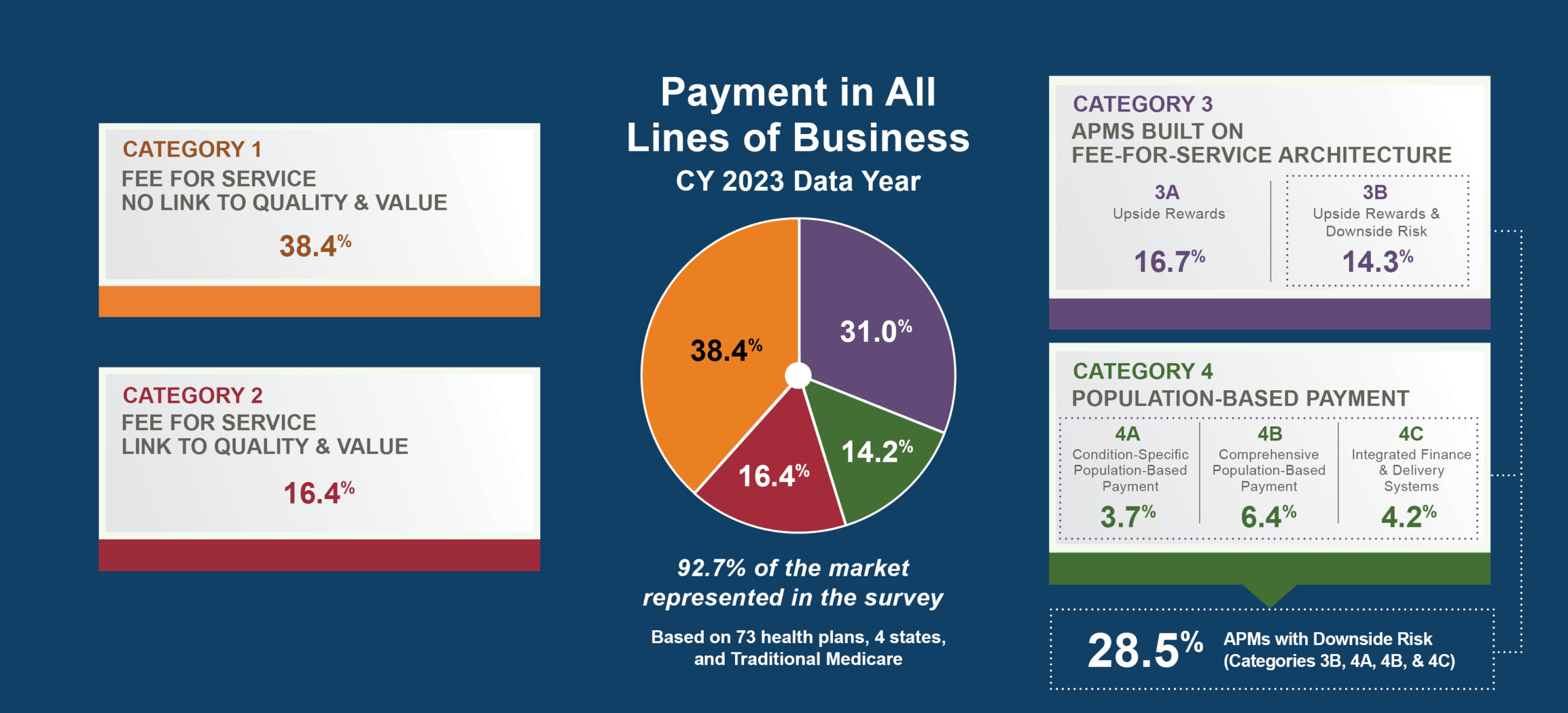


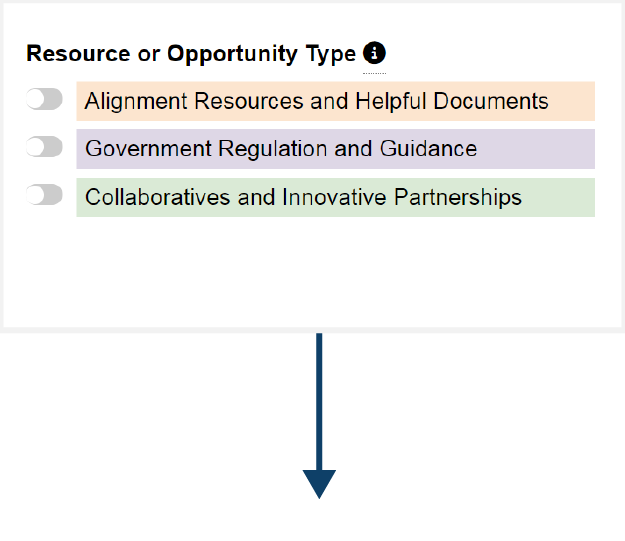
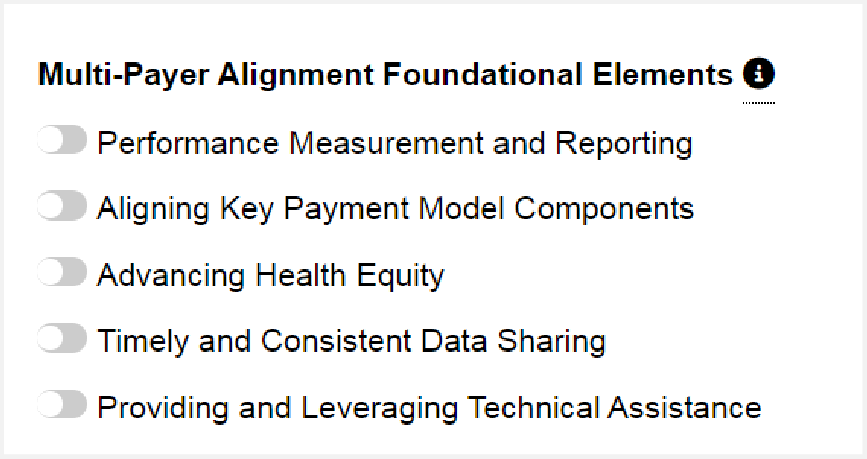
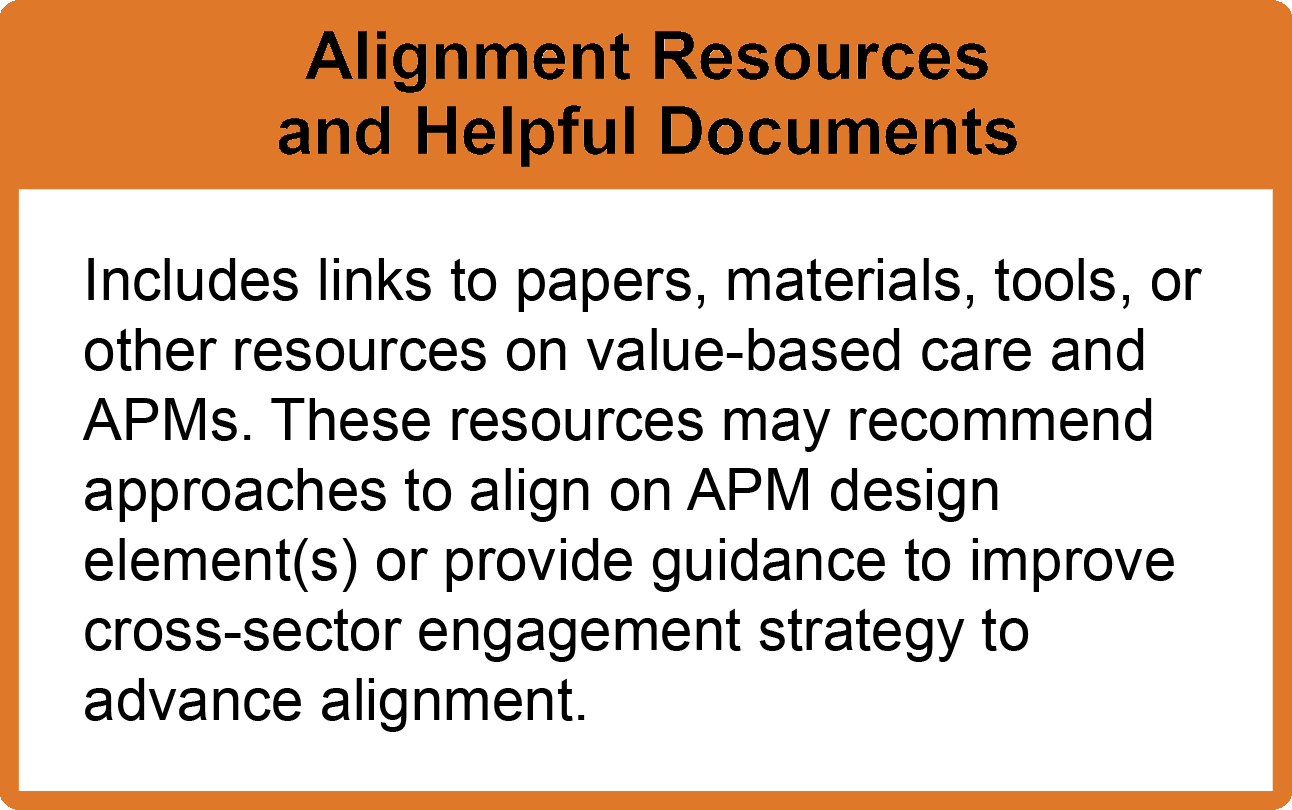



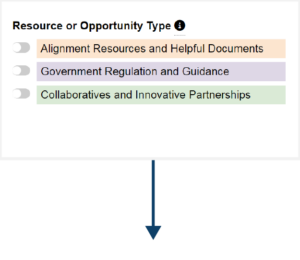

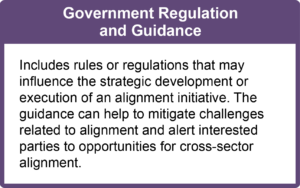
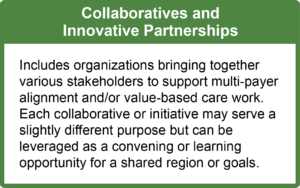


 Emily DuHamel Brower, M.B.A., is senior vice president of clinical integration and physician services for Trinity Health. Emphasizing clinical integration and payment model transformation, Ms. Brower provides strategic direction related to the evolving accountable healthcare environment with strong results. Her team is currently accountable for $10.4B of medical expense for 1.6M lives in Medicare Accountable Care Organizations (ACOs), Medicare Advantage, and Medicaid and Commercial Alternative Payment Models.
Emily DuHamel Brower, M.B.A., is senior vice president of clinical integration and physician services for Trinity Health. Emphasizing clinical integration and payment model transformation, Ms. Brower provides strategic direction related to the evolving accountable healthcare environment with strong results. Her team is currently accountable for $10.4B of medical expense for 1.6M lives in Medicare Accountable Care Organizations (ACOs), Medicare Advantage, and Medicaid and Commercial Alternative Payment Models. Victor is the Chief Medical Officer for TennCare, Tennessee’s Medicaid Agency. At TennCare, Victor leads the medical office to ensure quality and effective delivery of medical, pharmacy, and dental services to its members. He also leads TennCare’s opioid epidemic strategy, social determinants of health, and practice transformation initiatives across the agency. Prior to joining TennCare, Victor worked at Evolent Health supporting value-based population health care delivery. In 2013, Victor served as a White House Fellow to the Secretary of Health and Human Services. Victor completed his Internal Medicine Residency at Emory University still practices clinically as an internist in the Veteran’s Affairs Health System.
Victor is the Chief Medical Officer for TennCare, Tennessee’s Medicaid Agency. At TennCare, Victor leads the medical office to ensure quality and effective delivery of medical, pharmacy, and dental services to its members. He also leads TennCare’s opioid epidemic strategy, social determinants of health, and practice transformation initiatives across the agency. Prior to joining TennCare, Victor worked at Evolent Health supporting value-based population health care delivery. In 2013, Victor served as a White House Fellow to the Secretary of Health and Human Services. Victor completed his Internal Medicine Residency at Emory University still practices clinically as an internist in the Veteran’s Affairs Health System. Tamara Ward is the SVP of Insurance Business Operations at Oscar Health, where she leads the National Network Contracting Strategy and Market Expansion & Readiness. Prior to Oscar she served as VP of Managed Care & Network Operations at TriHealth in Southwest Ohio. With over 15 years of progressive health care experience, she has been instrumental driving collaborative payer provider strategies, improving insurance operations, and building high value networks through her various roles with UHC and other large provider health systems. Her breadth and depth of experience and interest-based approach has allowed her to have success solving some of the most complex issues our industry faces today. Tam is passionate about driving change for marginalized communities, developing Oscar’s Culturally Competent Care Program- reducing healthcare disparities and improving access for the underserved population. Tamara holds a B.A. from the University of Cincinnati’s and M.B.A from Miami University.
Tamara Ward is the SVP of Insurance Business Operations at Oscar Health, where she leads the National Network Contracting Strategy and Market Expansion & Readiness. Prior to Oscar she served as VP of Managed Care & Network Operations at TriHealth in Southwest Ohio. With over 15 years of progressive health care experience, she has been instrumental driving collaborative payer provider strategies, improving insurance operations, and building high value networks through her various roles with UHC and other large provider health systems. Her breadth and depth of experience and interest-based approach has allowed her to have success solving some of the most complex issues our industry faces today. Tam is passionate about driving change for marginalized communities, developing Oscar’s Culturally Competent Care Program- reducing healthcare disparities and improving access for the underserved population. Tamara holds a B.A. from the University of Cincinnati’s and M.B.A from Miami University.


 Dr. Peter Walsh joined the Colorado Department of Health Care Policy and Financing as the Chief Medical Officer on December 1, 2020. Prior to joining HCPF, Dr. Walsh served as a Hospital Field Representative/Surveyor at the Joint Commission, headquartered in Oakbrook Terrace, Illinois.
Dr. Peter Walsh joined the Colorado Department of Health Care Policy and Financing as the Chief Medical Officer on December 1, 2020. Prior to joining HCPF, Dr. Walsh served as a Hospital Field Representative/Surveyor at the Joint Commission, headquartered in Oakbrook Terrace, Illinois.





